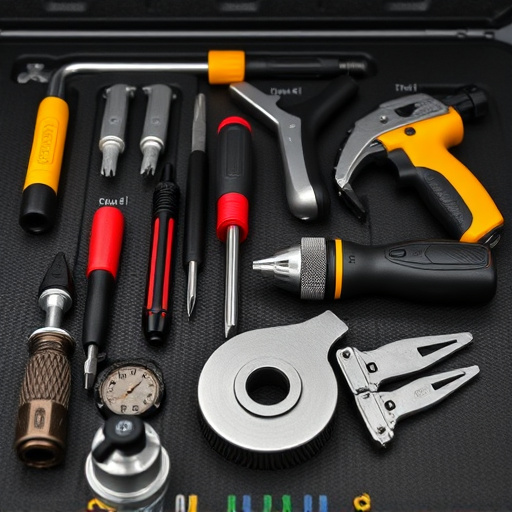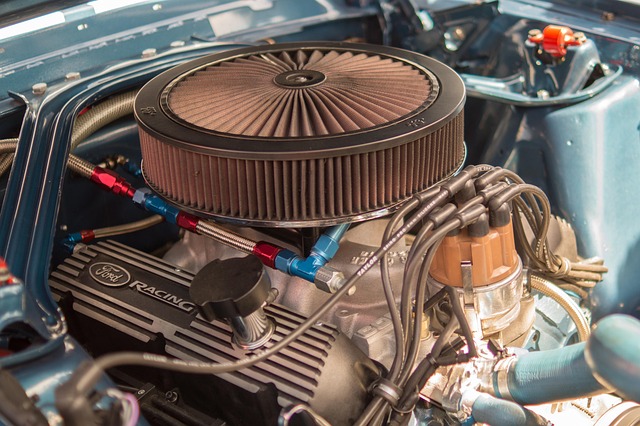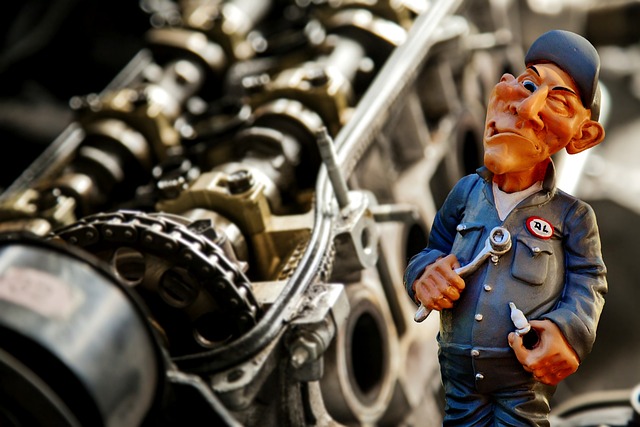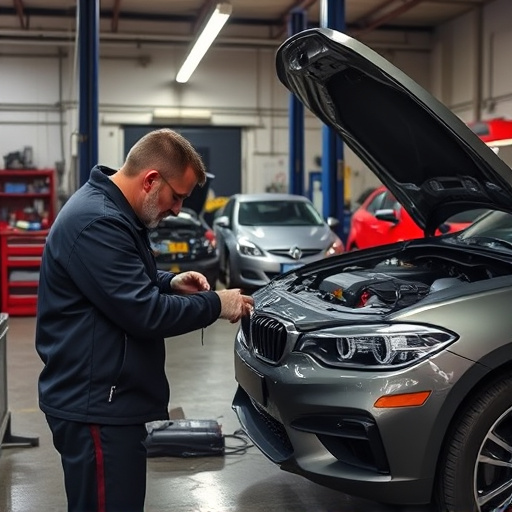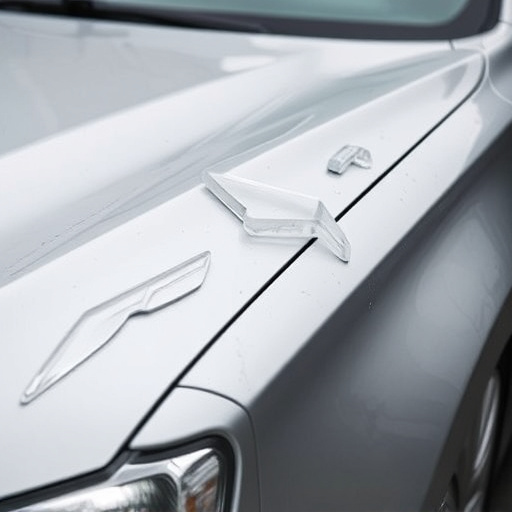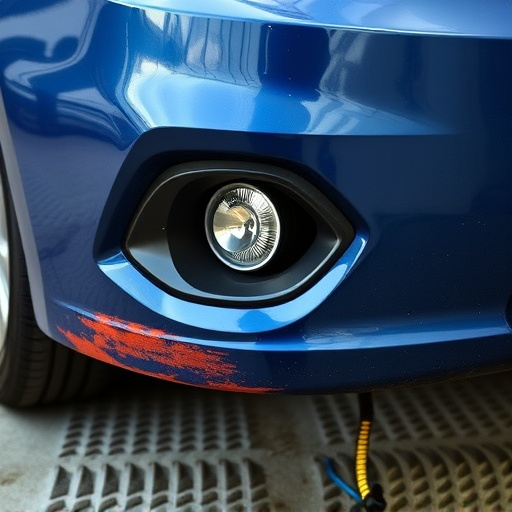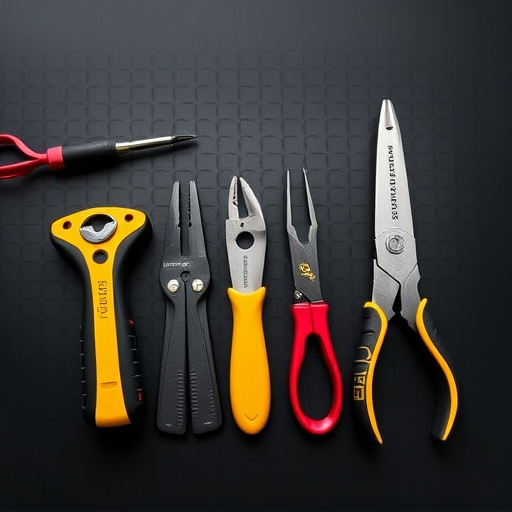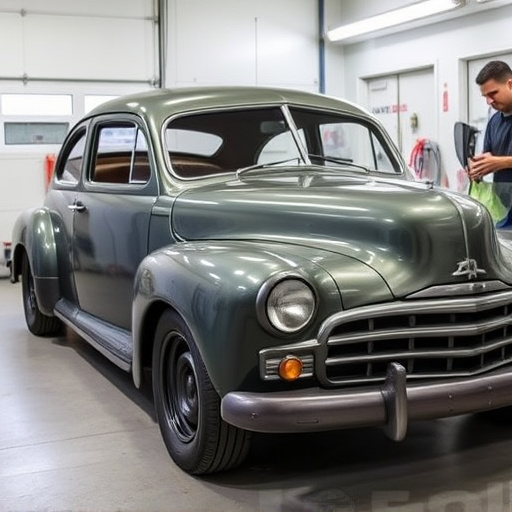Auto body technicians play a crucial role in vehicle collision repair by meticulously assessing structural damage, identifying cracks, dents, and deformations, and planning comprehensive repair sequences that prioritize safety and prevent future issues. They conduct thorough inspections, distinguish between cosmetic and structural concerns, align doors, fenders, and hoods, and use advanced diagnostic tools like scanning devices and CAD software to ensure accurate repairs that restore original integrity. Their expertise ensures reliable, safe vehicles following collision incidents at auto body shops.
Auto body technicians play a crucial role in restoring vehicle structural integrity, transforming damaged cars into safe, drivable machines. From assessing initial damage and planning repairs to disassembling, repairing, and meticulously reconstructing components, their work is a meticulous dance of precision and skill.
This article delves into the step-by-step process these technicians employ, highlighting their use of diagnostic tools, safety-first strategies, advanced repair techniques, and quality control measures to ensure each vehicle meets the highest standards of structural soundness.
- Assessing Damage and Planning Repair
- – Understanding the scope of the damage
- – Using diagnostic tools to evaluate structural integrity
Assessing Damage and Planning Repair

After a vehicle collision, auto body technicians play a pivotal role in restoring structural integrity. The initial step involves meticulous damage assessment where they inspect every nook and cranny of the vehicle to identify cracks, dents, and deformations. Utilizing their expertise, they plan the repair process, prioritizing areas that require immediate attention to ensure safety and structural soundness.
This planning stage is crucial as it determines the sequence of repairs. Auto body technicians consider interdependent components, knowing that one damaged part might impact others. They may also recommend additional checks or replacements for surrounding parts to prevent future issues, making vehicle collision repair a comprehensive process that goes beyond superficial fixes.
– Understanding the scope of the damage

When an auto body technician takes on a restoration project, the first step is to thoroughly understand the scope of the damage. This involves meticulously inspecting the vehicle’s exterior and interior, identifying every crack, dent, or deformity that requires attention. Auto body technicians use their expertise to assess the severity of the damage, distinguishing between cosmetic issues and structural integrity concerns. They carefully document these findings to create a comprehensive repair plan tailored to the specific needs of each vehicle.
By examining the car’s frame, panels, and components, auto body technicians can pinpoint areas that have been compromised. This includes assessing the alignment of doors, fenders, and hoods, ensuring they are properly fitted and aligned after any collision or accident. Through meticulous analysis and utilizing advanced tools, these professionals can restore the vehicle to its pre-incident condition, providing top-notch collision repair services while prioritizing both safety and aesthetics for the satisfied customer and their automotive repair needs.
– Using diagnostic tools to evaluate structural integrity

Auto body technicians are equipped with a range of diagnostic tools to assess and evaluate a vehicle’s structural integrity following an accident or damage. These tools play a pivotal role in their meticulous work, enabling them to identify issues precisely. Through advanced scanning devices and computer-aided design (CAD) software, auto body technicians can thoroughly examine the vehicle’s frame, detecting even the subtlest deformities or misalignments that could compromise its structural soundness.
By utilizing these diagnostic methods, they are able to pinpoint problem areas accurately, whether it’s a bent panel, a damaged chassis, or misaligned components. This meticulous evaluation is an essential step in the auto body work process as it ensures that every repair is tailored to restore the vehicle’s original structural integrity. Subsequently, this prevents future safety hazards and guarantees a robust and reliable vehicle post-fender repair at an auto collision center.
Auto body technicians play a vital role in restoring vehicle structural integrity, utilizing their expertise and advanced diagnostic tools to assess and plan repairs efficiently. By understanding the scope of damage and employing precise evaluation methods, they ensure that vehicles return to their original safety and performance standards. Through meticulous planning, these professionals navigate the intricate process, making each repair a testament to their skill and commitment to keeping roads safe.
